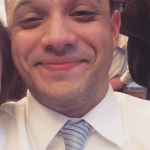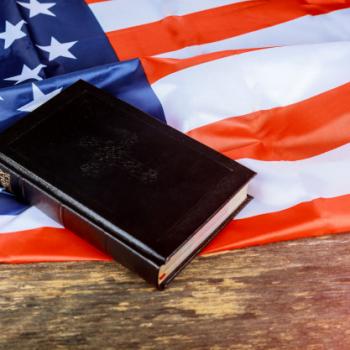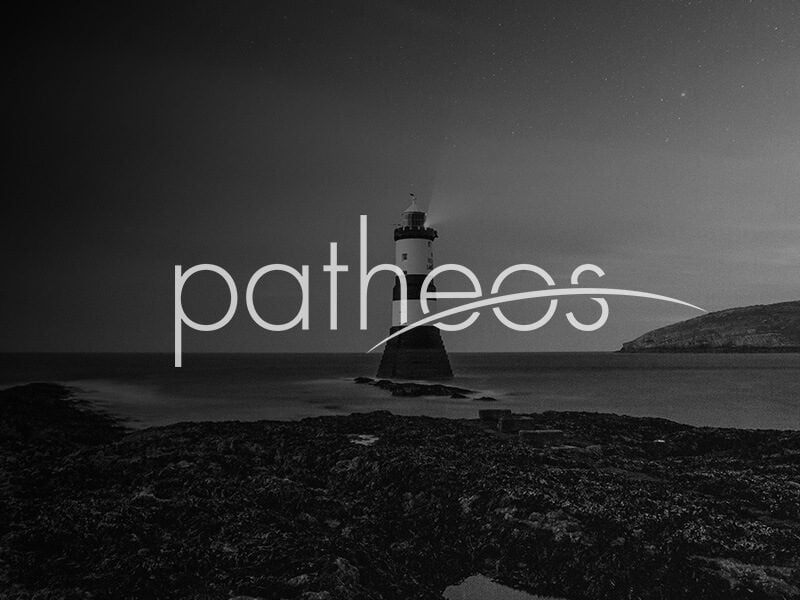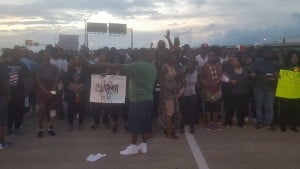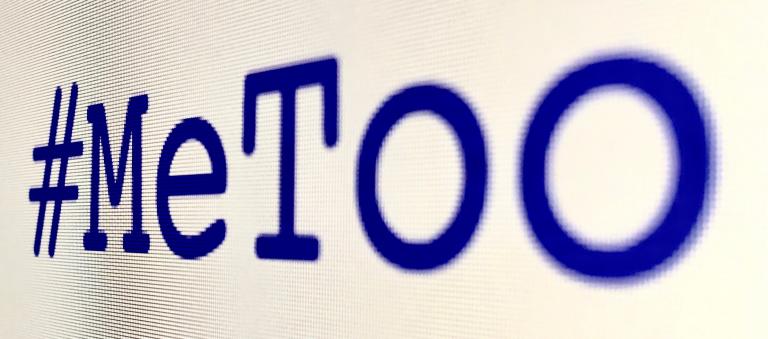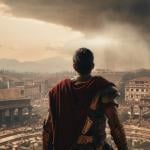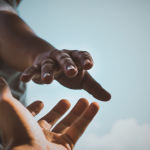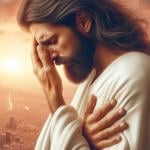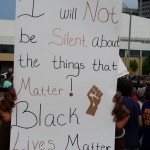 by Matthew Vega
by Matthew Vega
Black uprisings have become an annual part of our media diet in the news. In 2014, our nation’s greatest evils resurfaced as our attention was focused on a city just outside of St. Louis, Missouri: Ferguson. The threefold beast that Dr. King warned us about – racism, poverty, and militarization – demanded our attention once again as we were forced to reckon with a racially and economically segregated ghetto occupied by a hyper-militarized police force and National Guard. Eight months after Ferguson, we watched our Robocop officers enforce law and order in Baltimore; now here we are in Milwaukee.
According to Mapping Police Violence, the only existing database that tracks police violence, at least 346 black people were killed in 2015. There are 8,760 hours in a year (24 x 365). This means, on average, a black person is killed by the police every 25.3179 hours (8,760/346). Police violence is only one of many entanglements in this web of oppression on poor communities of color. Huffington Post published an article on the worst states for Black Americans, and Wisconsin was number one. Another article by CityLab released an interactive article on Black neighborhoods in Wisconsin, looking at Madison and Milwaukee in particular. The article revealed that half of Wisconsin’s Black neighborhoods are jails.
Sheriff David Clarke of Milwaukee has become the voice of opposition to the BlackLivesMatter movement and poor communities of color expressing public outrage over police violence in America. And for many, his voice carries authority because he’s black. He has tweeted that #BlackLivesMatter will “join forces” with ISIS, he has denounced the movement as anti-cop and he regularly pathologizes Black residents in poor communities of color by talking about “culture,” “values,” and “father figures” that play the key role to the development of these communities.
In her masterful work From #BlackLivesMatter to Black Liberation, Princeton Professor Keeanga-Yamahtta Taylor dedicates an entire chapter to the strategic burgeoning of the Black middle class in America and its relationship to poor and working-class Black populations in America. She details the expansion of government jobs accessible to poor blacks during the Nixon era and the function of Blacks given access to positions of political power:
The destruction and instability rebellions had caused over the course of the decade softened the political elite to the idea that more Black control and ownership within the cities might help to calm the rebellious Black population. Given the conservative starting point of many Black elected officials today, it is hard to see how this turn to electoral politics could be considered radical or even relevant. (83)
In other words, Black elected officials play strategic roles to squelch rebellion in desperate areas. Their status as political players vindicates American capitalism and legitimizes the state’s notion that blacks need to try harder to make it in America. This is not anything new; Baltimore became a focal point of Black political scapegoating as the political authority rested disproportionately in the hands of Black leaders. Again, Taylor writes:
What distinguishes Baltimore from Ferguson and North Charleston is that the Black political establishment runs the city: African Americans control virtually the entire political apparatus. Mayor Stephanie Rawlings-Blake and police commissioner Anthony Batts were the most prominent faces of political power in Baltimore during the rebellion, but Black power runs deep in the city: Baltimore’s city council has fifteen members, eight of whom are African American, including its president. The superintendent of the public schools and the entire board of the city’s housing commission are African American… If the murder of Mike Brown and the rebellion in Ferguson were reminiscent of the old Jim Crow, then the murder of Freddie Gray and the Baltimore uprising symbolize the new Black political elite. (77)
As Christians committed to truth and justice, our prayers have become desperate: Lord, where are you? How have those who have sworn to protect us, speak for us; to represent us and our struggle turn around and hurt us? Lord, whom do we turn to? And it turns out that our Lord was familiar with our pain. Indeed, Jesus was no stranger to racial/native tokenizing as a means to subdue an oppressed people. Jesus was no stranger to racial/native tokenizing as a means to subdue an oppressed people.

